Researchers at The Ohio State University played a major role in analyzing the first year of data from the Dark Energy Spectroscopic Instrument’s survey into the history of the universe.
Tag: Universe
UC Irvine astronomers’ simulations support dark matter theory
Computer simulations by astronomers support the idea that dark matter – matter that no one has yet directly detected but which many physicists think must be there to explain several aspects of the observable universe – exists, according to the researchers, who include those at the University of California, Irvine.
First Results from DESI Make the Most Precise Measurement of Our Expanding Universe
Researchers have used the Dark Energy Spectroscopic Instrument to make the largest 3D map of our universe and world-leading measurements of dark energy, the mysterious cause of its accelerating expansion
NASA’s Webb, Hubble Telescopes Affirm Universe’s Expansion Rate, Puzzle Persists
The best measurements from Hubble show the universe is now expanding faster than predicted based on observations of how it looked shortly after the big bang. Some scientists suggested that Hubble observations are wrong due to some creeping inaccuracy in its deep-space yardstick. However, Webb’s sharp infrared views of milepost markers known as Cepheids agree with Hubble data.
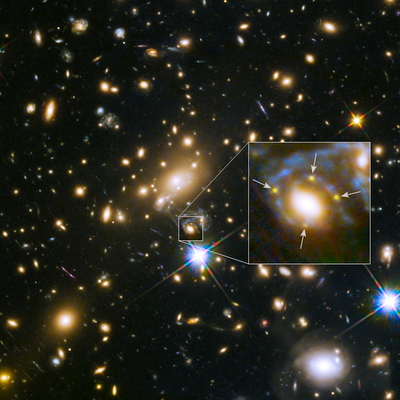
NASA’s Roman to Use Rare Events to Calculate Expansion Rate of Universe
With a panoramic view 200 times larger than the Hubble Space Telescope’s infrared view, the sheer amount of data captured by the upcoming Nancy Grace Roman Space Telescope will change the landscape of astronomy.
FAU’s Ata Sarajedini, Ph.D., Among 21 New Fellows of the American Astronomical Society
Ata Sarajedini, Ph.D., was elected for his contributions to the field of resolved stellar populations as applied to the formation and evolution of star clusters and galaxies, extensive service to the astronomical community through leadership of committees, and outstanding efforts in public service such as hosting the “Astronomy Minute” podcast.

IceCube Observatory Creates First Map of Milky Way Without Using Electromagnetic Waves
We’ve learned a lot about the Universe from telescopes that are sensitive to anything from high-energy gamma waves to visible light to low-energy radio waves. But detecting such electromagnetic waves has limitations.
“A new lens” into the Universe’s most energetic particles
Showers in bathrooms bring us comfort; showers from space bring astrophysicists joy. Osaka Metropolitan University scientists have observed, with their novel method, cosmic-ray extensive air showers with unprecedented precision, opening the door to new insights into the Universe’s most energetic particles.
Pulsars may make dark matter glow
The central question in the ongoing hunt for dark matter is: what is it made of? One possible answer is that dark matter consists of particles known as axions.
Could a new law of physics support the idea we’re living in a computer simulation?
A University of Portsmouth physicist has explored whether a new law of physics could support the much-debated theory that we are simply characters in an advanced virtual world.
Supermassive Black Holes Alter Galactic Chemistry
New research shows that the supermassive black hole at the center of a galaxy can have a direct impact on the chemical distribution of the host galaxy. This provides another piece of the puzzle for understanding how galaxies evolve.
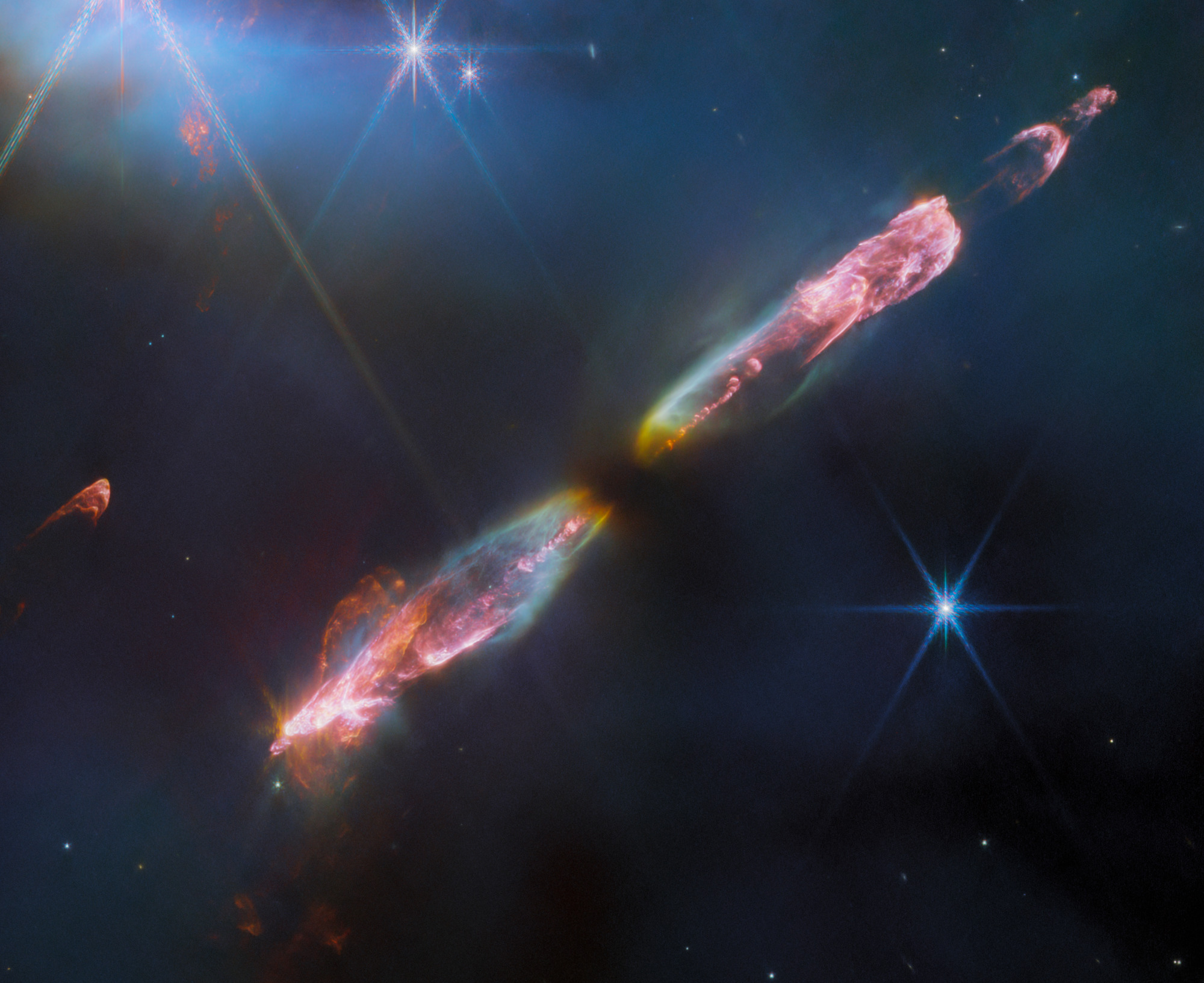
NASA’s Webb Snaps Supersonic Outflow of Young Star
NASA’s James Webb Space Telescope has captured a high-resolution look at Herbig-Haro 211 (HH 211), a bipolar jet traveling through interstellar space at supersonic speeds.
New cosmological constraints on the nature of dark matter
New research has revealed the distribution of dark matter in never before seen detail, down to a scale of 30,000 light-years. The observed distribution fluctuations provide better constraints on the nature of dark matter.
Hunting for Supermassive Black Holes in the Early Universe
Supermassive black holes (SMBHs) – black holes with masses exceeding a million times that of the Sun – are known to prevail in the universe today.
When the First Stars Turned On: The Origins of the Universe
All stories start somewhere – even the incomprehensibly vast expanse above us has a beginning. Scientists have long studied the cosmos, searching for answers to the “how’s” and “why’s” of life, and that effort continues to this day. From concepts such as ‘Cosmic Dawn’ and ‘redshift,’ UNLV astronomer and computer scientist Paul La Plante focuses on topics that improve our understanding of where it all began.
DESI Early Data Release Holds Nearly Two Million Objects
The universe is big, and it’s getting bigger. To study dark energy, the mysterious force behind the accelerating expansion of our universe, scientists are using the Dark Energy Spectroscopic Instrument (DESI) to map more than 40 million galaxies, quasars, and stars. Today, the collaboration publicly released its first batch of data, with nearly 2 million objects for researchers to explore.
The laws of physics have not always been symmetric. And it may explain why you exist.
The universe once preferred one set of shapes over their mirror images, a violation of parity symmetry that helps explain the abundance of matter over antimatter.
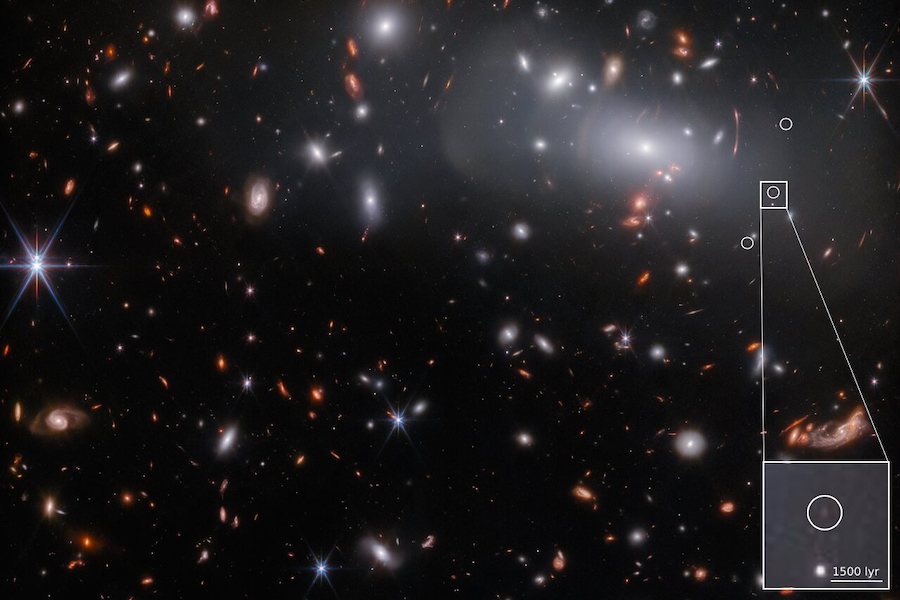
Researchers discover tiny galaxy with big star power using James Webb telescope
Using first-of-their-kind observations from the James Webb Space Telescope, a University of Minnesota Twin Cities-led team looked more than 13 billion years into the past to discover a unique, minuscule galaxy that could help astronomers learn more about galaxies that were present shortly after the Big Bang.
SPIDER launches from Antarctica
A team of scientists including physicist Johanna Nagy at Washington University in St. Louis successfully launched a balloon-borne experiment studying the early universe on Dec. 21. The instrument, called SPIDER, was carried aloft by a scientific balloon from its launch pad in Antarctica.
Back to Antarctica with SPIDER
In the next few weeks, a team led by researchers at the University of Illinois at Urbana-Champaign will fly an instrument called SPIDER. They are looking for a pattern, or polarization, in the earliest light we can measure.
Red-supergiant supernova images reveal secrets of an earlier Universe
An international research team led by the University of Minnesota Twin Cities has measured the size of a star dating back more than 11 billion years ago using images that show the evolution of the star exploding and cooling. The research could help scientists learn more about the early Universe.
Polarized X-rays reveal shape, orientation of extremely hot matter around black hole
Researchers’ recent observations of a stellar-mass black hole called Cygnus X-1 reveal new details about the configuration of extremely hot matter in the region immediately surrounding the black hole. Matter is heated to millions of degrees as it is pulled toward a black hole. This hot matter glows in X-rays. Researchers are using measurements of the polarization of these X-rays to test and refine models that describe how black holes swallow matter, becoming some of the most luminous sources of light — including X-rays — in the universe.
Fermilab successfully demonstrates new technique to improve particle beams
Scientists at America’s premier accelerator laboratory have successfully used a new technique, called optical stochastic cooling, to cool a particle beam and make it denser. The new method may enable future experiments to create more particle collisions. Denser particle beams provide researchers a better chance of exploring rare physics phenomena that help us understand our universe.

Tulane physicist awarded $8.2 million to precisely measure lifetime of the free neutron
The $8.2 million grant is the largest is the largest ever direct NSF award to Tulane.
NASA’s Webb to Uncover Riches of the Early Universe
Telescopes have spotted many distant galaxies – but none earlier than 400 million years after the big bang. What were galaxies that existed even earlier like? Two research teams using the James Webb Space Telescope will wield its state-of-the-art instruments to reveal an untold number of details about this early period in the universe for the first time – and revise what we know about some of the earliest chapters of galaxy evolution.
CHIME telescope and collaborative efforts from WVU lead to the detection of more than 500 fast radio bursts
With the help of the radio telescope located at the Dominion Radio Astrophysical Observatory, operated by the National Research Council of Canada, in British Columbia, Canada, the telescope has nearly quadrupled the number of FRB discovered to date.
Key to Carbon-Free Cars? Look to the Stars
In a decade-long quest, scientists at Berkeley Lab, the University of Hawaii, and Florida International University uncover new clues to the origins of the universe – and land new chemistry for cleaner combustion engines
36 Dwarf Galaxies Had Simultaneous “Baby Boom” of New Stars
Three dozen dwarf galaxies far from each other had a simultaneous “baby boom” of new stars, an unexpected discovery that challenges current theories on how galaxies grow and may enhance our understanding of the universe. Galaxies more than 1 million light-years apart should have completely independent lives in terms of when they give birth to new stars. But galaxies separated by up to 13 million light-years slowed down and then simultaneously accelerated their birth rate of stars, according to a Rutgers-led study published in the Astrophysical Journal.

Dark Energy Spectroscopic Instrument team begins 3D mapping of universe
Irvine, Calif., May 18, 2021 — The Dark Energy Spectroscopic Instrument collaboration launched a new era in cosmology today with a five-year endeavor to construct the largest three-dimensional map of the universe. Comprised of nearly 500 scientists from around the globe, including astronomers at the University of California, Irvine, the DESI group will collect spectral data from more than 30 million galaxies to study dark energy, an as-yet-unknown substance believed to be causing the expansion of the universe to accelerate.
Rutgers Expert Available to Discuss Supernova Discovery
New Brunswick, N.J. (April 21, 2021) – Rutgers University–New Brunswick astrophysicist John P. (Jack) Hughes is available for interviews on a supernova (exploding star) discovery published today in the journal Nature. The discovery, made with NASA’s Chandra X-ray Observatory, features…
Rutgers Expert Available to Discuss James Webb Space Telescope Science
New Brunswick, N.J. (Feb. 22, 2021) – Rutgers University–New Brunswick Professor Kristen McQuinn is available for interviews on the upcoming launch of the James Webb Space Telescope, its potential scientific impact and the leap forward it will provide in our understanding of the…
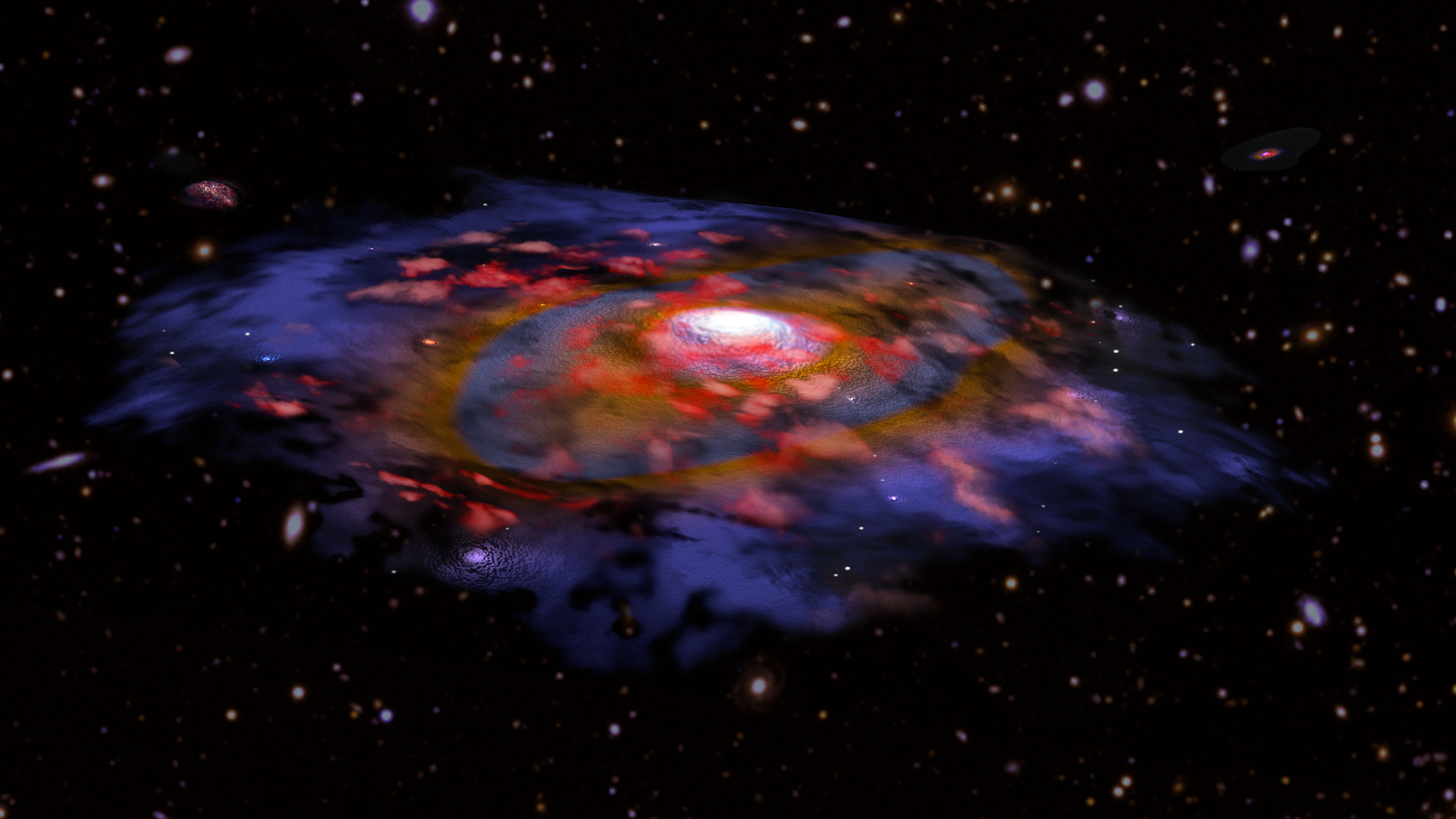
Galaxies in the Infant Universe Were Surprisingly Mature
ALMA telescope conducts largest survey yet of distant galaxies in the early universe
Rutgers Astronomer Receives Packard Fellowship for Innovative Young Scientists
New Brunswick, N.J. (Oct. 15, 2020) – Blakesley Burkhart’s childhood days spent volunteering at a science museum and watching the Discovery Channel and sci-fi shows sparked her love of science and fascination with the stars. “These were the beginning years…
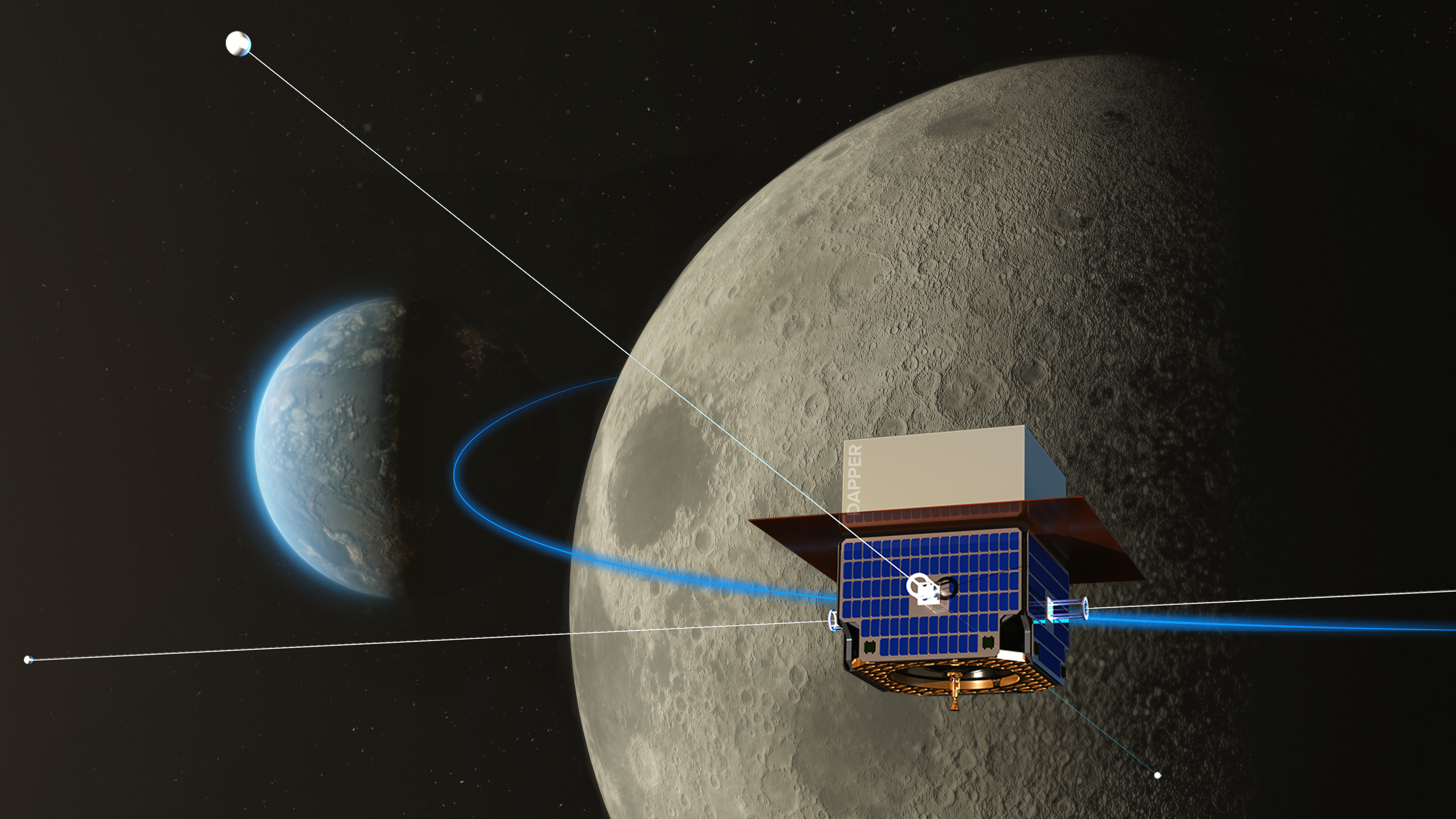
NRAO Joins Space Mission to the Far Side of the Moon to Explore the Early Universe
The NRAO has joined a new NASA space mission to the far side of the Moon to investigate when the first stars began to form in the early universe.
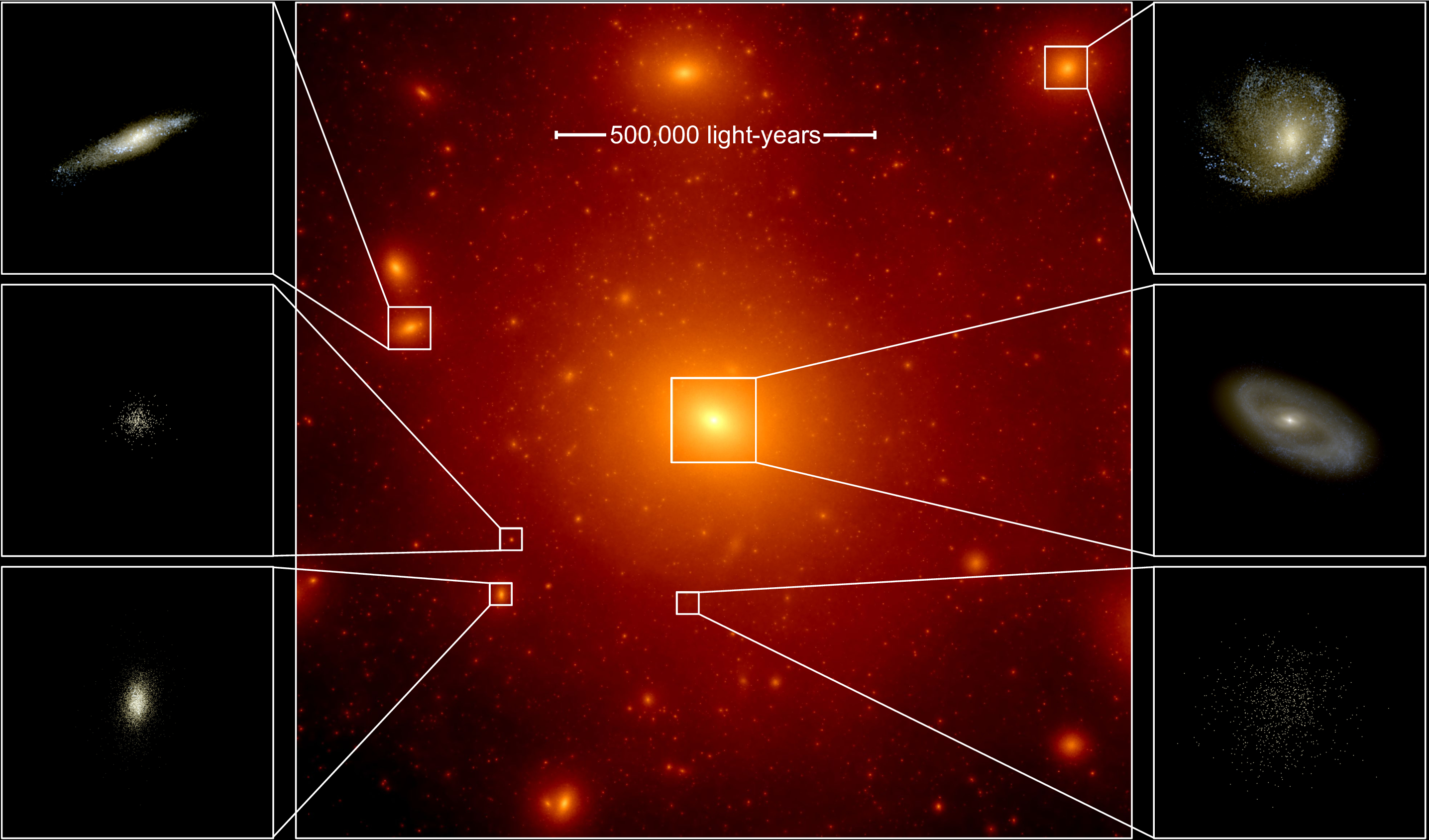
Galaxy Simulations Could Help Reveal Origins of Milky Way
Rutgers astronomers have produced the most advanced galaxy simulations of their kind, which could help reveal the origins of the Milky Way and dozens of small neighboring dwarf galaxies. Their research also could aid the decades-old search for dark matter, which fills an estimated 27 percent of the universe. And the computer simulations of “ultra-faint” dwarf galaxies could help shed light on how the first stars formed in the universe.

Scientists Explore Signals for a Quantum Universe
New research findings about the origin of structure in the universe could lead to more connections between cosmology and the study of quantum information.
Rutgers’ Greg Moore Elected to National Academy of Sciences
Rutgers Professor Gregory W. Moore, a renowned physicist who seeks a unified understanding of the basic forces and fundamental particles in the universe, has been elected to the prestigious National Academy of Sciences. Moore, Board of Governors Professor in the Department of Physics and Astronomy at Rutgers University–New Brunswick, joins 119 other new academy members and 26 international members this year who were recognized for their distinguished and ongoing achievements in original research.

Upcoming Trimble Lecture with Elizabeth Kessler Highlights the Impacts of Hubble Imagery on May 7
The American Institute of Physics, celebrating the 30th anniversary of the launch of the NASA/ESA Hubble Space Telescope, is delighted to host a virtual presentation by Stanford University’s Elizabeth Kessler in an upcoming Lyne Starling Trimble Science Heritage Public Lecture. The lecture series is presented by AIP and features science historians and writers who study the role of science and technology in modern society and culture. “Hubble Space Telescope Images and the Astronomical Sublime” will be hosted virtually, Thursday, May 7 at 3:30 p.m. Eastern (U.S.).

Looking Up From the Mountaintop: Q&A with a Telescope Instrument’s Lead Observer
In this Q&A Satya Gontcho A Gontcho, a lead observer for the Dark Energy Spectroscopic Instrument (DESI), shares her experiences at the DESI site near Tucson, Arizona, including evening observing stints to run through detailed checklists and probe how the instrument’s components are working.
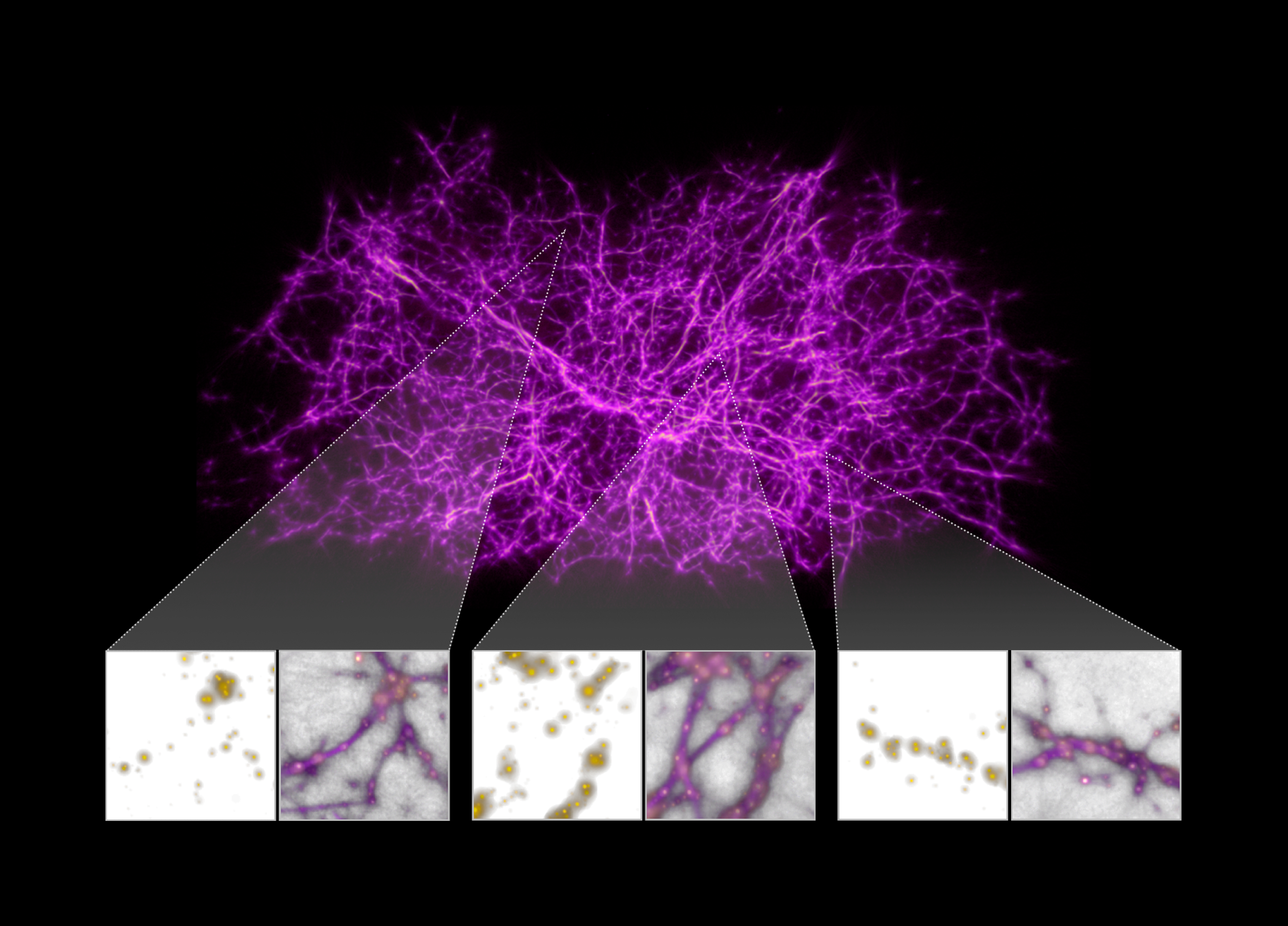
Slime Mold Simulations Used to Map the Dark Matter Holding the Universe Together
A team of researchers designed a computer algorithm based on slime mold behavior to generate a filamentary map of the universe, which they then confirmed with archival observations from the Hubble Space Telescope.
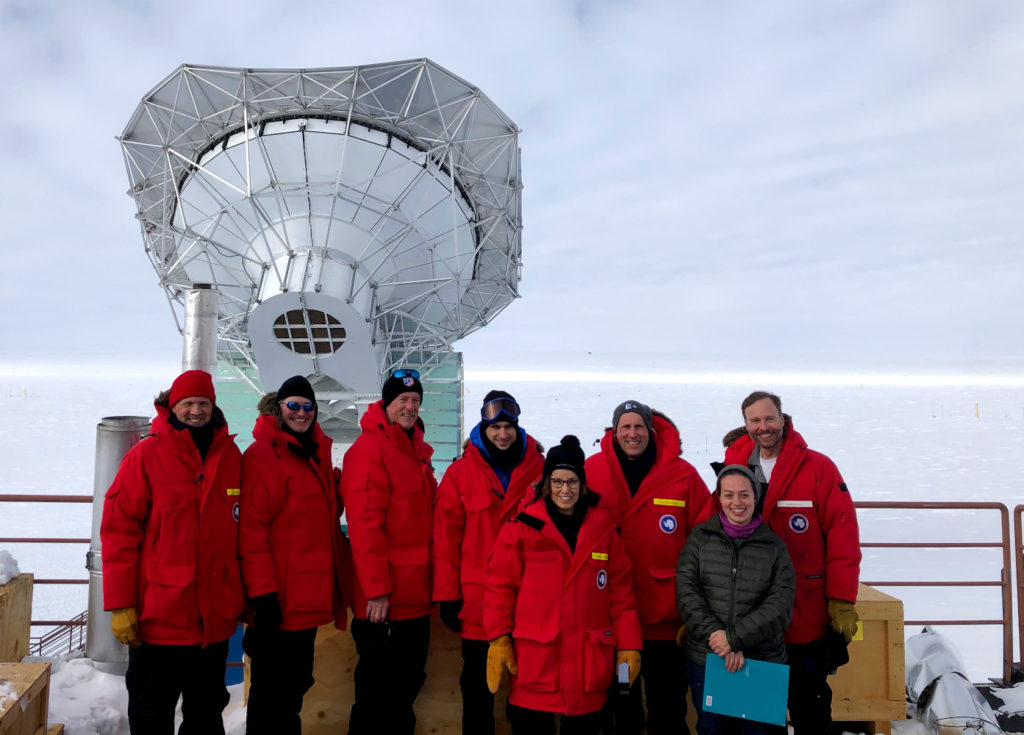
Undersecretary for Science Paul Dabbar Recently Visited the South Pole Telescope in Antarctica
The South Pole Telescope is one of the tools scientists are using to understand the earliest history of our universe. To check out the Department of Energy’s (DOE) investment in this project, DOE Undersecretary for Science Paul Dabbar visited the facility last week.
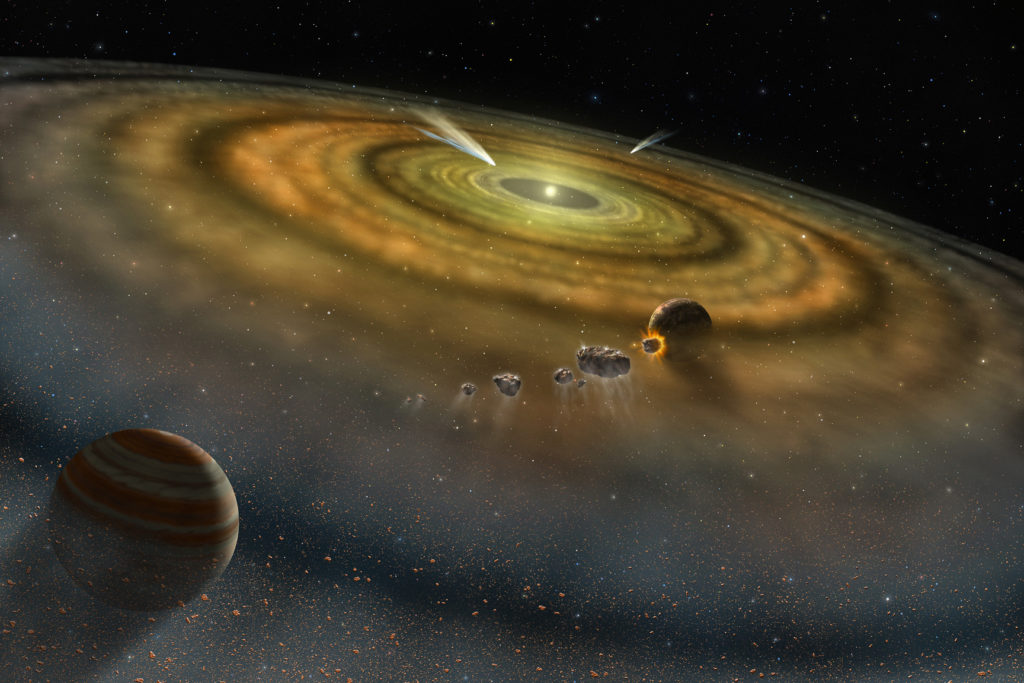
Meteorites lend clues to origins of earliest history of solar system
Lawrence Livermore National Laboratory (LLNL) scientists and a collaborator from the University of Münster reviewed recent work that shows how meteorites exhibit a fundamental isotopic dichotomy between non-carbonaceous (NC) and carbonaceous (CC – rocks or sediments containing carbon or its compounds) groups, which most likely represent material from the inner and outer solar system.